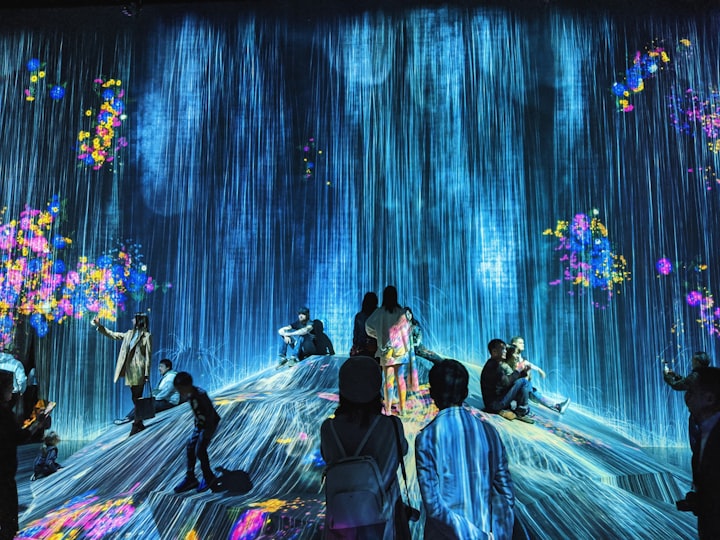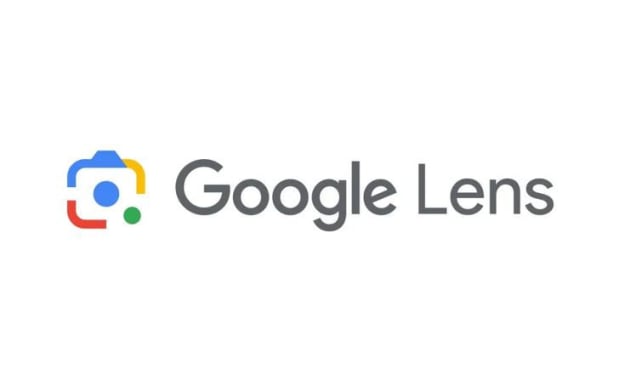What NFTs Mean To Artists
Artists Love The Idea Of NFTs But It Hurts Their Brain

NFTs (Non-Fungible Tokens) have become a buzzword in social media. Everyone talks about them, but not many people clearly understand how they work. Many investors keep their eyes on NFTs, and artists explore possibilities. The value of NFTs sound too good to be true for artists.
Before delving into the dilemma of artists, let me define this term.
Fungible means identical and interchangeable, whereas non-fungible basically means unique.
In a nutshell, technically, an NFT is a unit of data stored in a blockchain, which is a digital ledger. This ledger certifies the uniqueness of the item. When an item is created as an NFT, blockchain establishes a string record with a cryptographic hash verifying identifiable data blocks to be unique.
In simple terms, NFTs can be defined as unique digital assets. Therefore, the item must be one-of-a-kind.
A cryptographic transaction process maintains NFT ownership. This process includes a digital signature of the owner kept in the blockchain.
Uniqueness is a crucial point. If an item is an exact copy, it cannot qualify for NFT. The reasons NFTs is a substantial interest for artists is because authentic art cannot be duplicated. There will only one original copy. The rest are duplicates.
The premise of NFT for an artist is to design and package their art (e.g. painting, music, content) and sell them directly to their customers. They sell them without physical appearance but as data. The data contained in a piece of art makes it unique. More importantly, they sell them without intermediaries.
From the buyer’s perspective, the critical factor is trust. They trust the digital token (NFT) because its authenticity is verified by blockchain. So they don't have the risk of purchasing a counterfeit product.
There is confusion that NFTs resemble digital currencies like Bitcoin. NFTs are not currencies, but you can think of them as unique digital assets. Money cannot be NFT because it is not unique. For example, there are many million copies of a one-dollar bill. In contrast, a painting by an artist can have only one authentic copy.
Another reason for confusion is about copyright. An NFT does not automatically permit copyright when the digital asset is created. So NFT, in this sense, refers to ownership without copyright rules. This means that a buyer does not own the copyright to the original item, so the item's creator can produce more NFTs. This aspect gets confusing for artists.
Size matters in NFTs because blockchain can support only small bits of data. While NFTs become popular for painting, photography, and music which generate relatively smaller amounts of data, it hasn't yet hit the film industry because the movies are too large to register in the blockchain.
Since blockchain does not support large files, digital art requiring a large amount of data cannot be stored in a block. Blockchain saves the certificate of ownership. So the original file in a different storage unit can lose the link to the blockchain. In technical terms, this is called the “link rot” problem. The current workaround for this risk is the use of the InterPlanetary File System (IPFS) protocol to store and share data securely in distributed file systems.
An important value proposition for NFTs is to allow people to connect with their favourite artists by supporting their digital products.
In technical terms, NFTs work with cryptographic identification, metadata, and identification codes. Currently, the ledger is maintained by the Ethereum blockchain. However, other blockchain types can use their own implementation.
Currently, NFTs are most commonly used in the marketplaces offering digital art. The most common items are digital collectibles.
In addition to artists, some sportspeople started using NFTs. For example, according to this source, "Dinwiddie [NBA player] is starting his own company to securitize his NBA contract in the form of a digital token [NFT] as he begins a three-year, $34.36 million extension with the Nets".
Some companies are even acquiring patents to turn their physical products into digital ones. For example, Nike has an initiative called CryptoKicks.
In theory, as a business value NFTs sound great. However, in reality, many of us have not been convinced of their greatness. NFTs are still at a nascent stage. With breakthrough technologies, they may gain mainstream attention. Time will tell.
Despite all concerns and ambiguity, the market is growing rapidly. However, it is still a small market which is around $250 million.
Thank you for reading my perspectives.
The original version of this article was published on another platform.
About the Creator
Dr Mehmet Yildiz
I'm a writer and published author with four decades of content development experience in business, technology, leadership, and health. I work as a postdoctoral researcher and consultant. My background is at https://digitalmehmet.com.






Comments
There are no comments for this story
Be the first to respond and start the conversation.